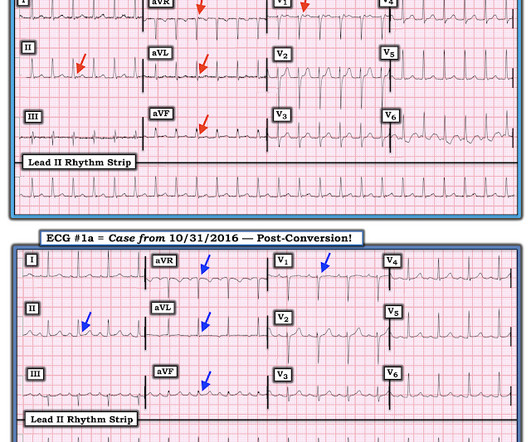News from EHRA 2024: International Experts Agree on Standards for Catheter Ablation of Atrial Fibrillation
DAIC
APRIL 9, 2024
AFib Facts and Impacts Atrial fibrillation is the most common cardiac arrhythmia, affecting 2% of individuals worldwide. Before the procedure, patients should have an electrocardiogram (ECG) and echocardiogram (ultrasound of the heart) to check the heart’s rhythm and function.












Let's personalize your content